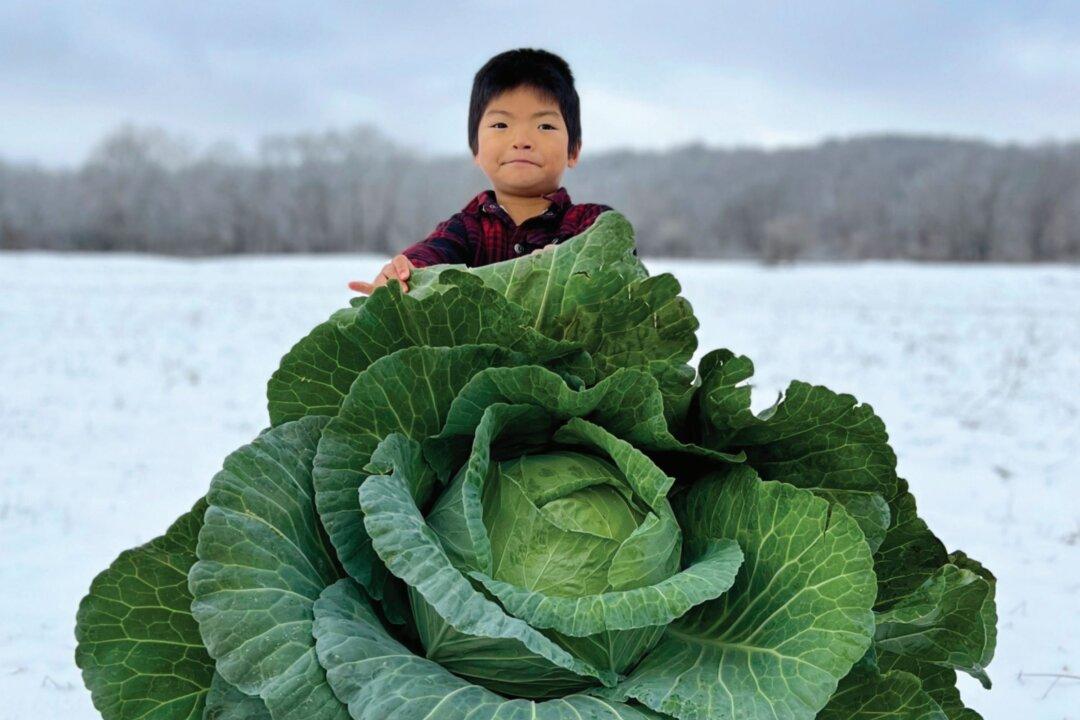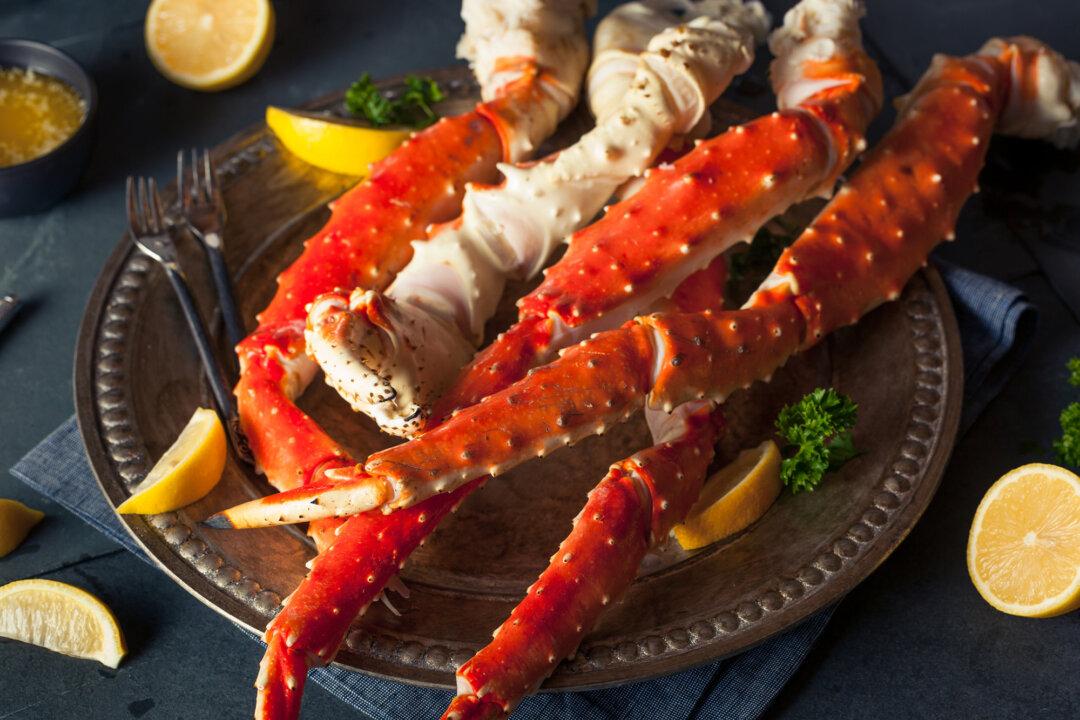The Persian melon, a honey-sweet, orange-fleshed variety dating back to its namesake empire and the progenitor of all American cantaloupes, was a standard in American gardens for two centuries, but it is now virtually unseen and in need of rescue. Montana lavender clay corn, with its striking, deep purple kernels, was blended by a Montanan corn breeder who used a Mandan tribe variety that once passed through the hands of Lewis and Clark and Thomas Jefferson. The buena mulata pepper, a chameleon variety that fruits violet and pink, then ripens through orange and brown to a final red, was extremely rare but rescued from obscurity in the 1940s by Horace Pippen, a black veteran and folk artist who traded his seed collection for therapeutic bee stings.
All of them heirlooms; all of them now safely kept and made available to gardeners around the country to grow for a few dollars. This is the world of Jere Gettle.





